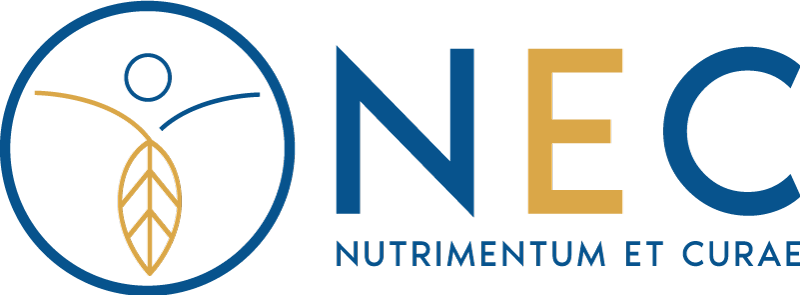Alcohol use disorder is both disabling to affected individuals and a public health concern associated with significant medical, psychological, and social ramifications. Despite advances in our understanding of the neurobiology of alcohol use disorder, relatively few pharmacotherapies are approved for use and are critically under-prescribed to individuals with alcohol use disorder. This review aims to synthesize literature on currently approved first-line and second-line medications and provide clinical considerations for their use. First-line medications – acamprosate, disulfiram, naltrexone, and nalmefene – have demonstrated varying levels of effectiveness in reducing alcohol consumption or promoting abstinence. Second-line medications such as topiramate, baclofen, and gabapentin provide an option for individuals with alcohol use disorder who do not respond to first-line treatments; however, evidence for their efficacy is weaker than that of frontline options. The implementation of pharmacotherapy in clinical practice and the development of personalized medicine are of particular concern, given most individuals with alcohol use disorder are not offered medication. Ongoing research efforts into novel medications and the integration of pharmacotherapy with psychosocial interventions hold the potential to enhance treatment outcomes and alleviate the global burden of alcohol use disorder.
- Nutr Cur 2025; 04: e159
The in vivo efficacy of dietary phytochemicals, known for their antioxidant, anti-inflammatory, and neuroprotective properties, is often limited by poor bioavailability.
- Luca Bolognini


